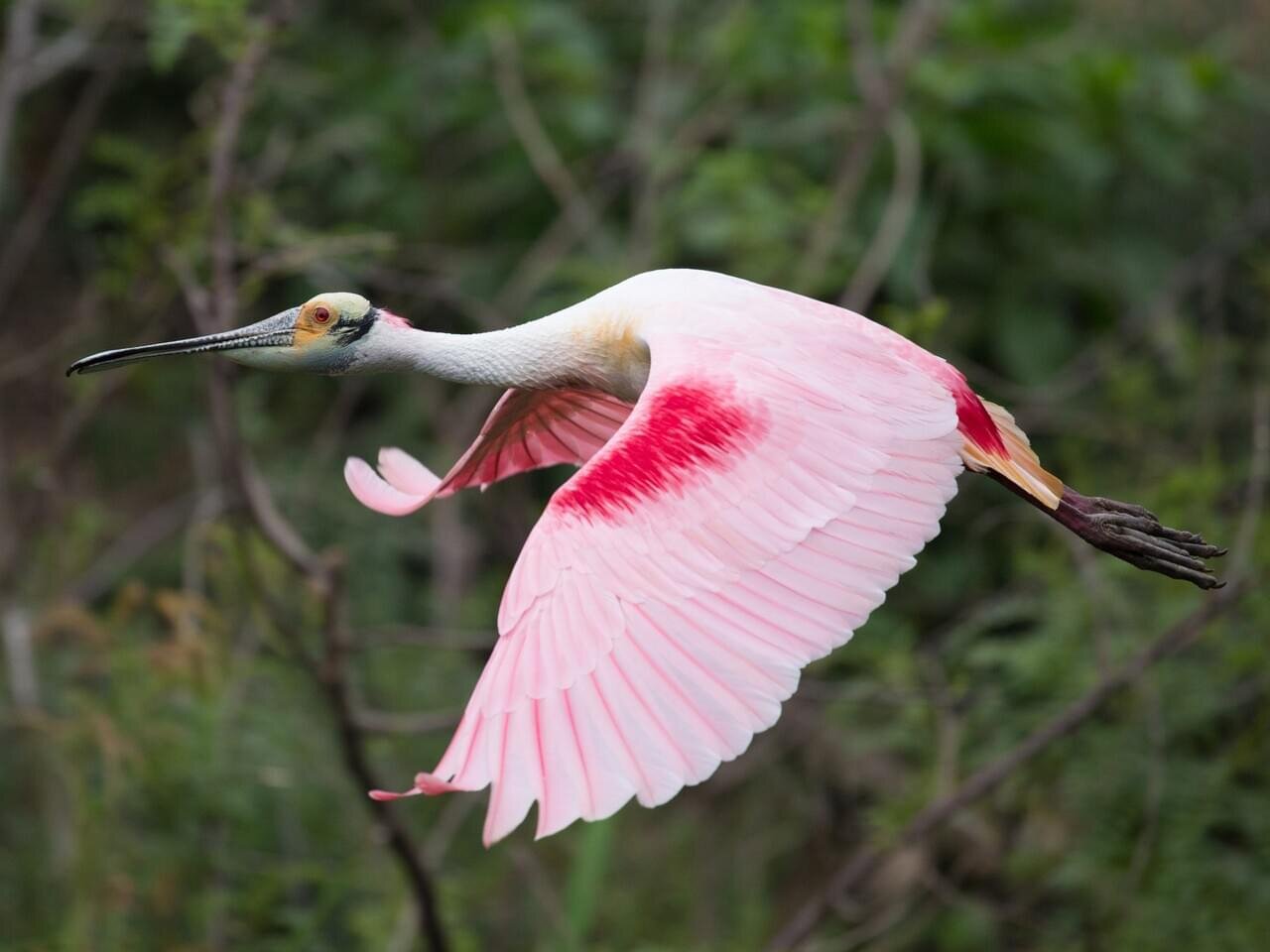The Bufflehead
On a recent outing to Centerhill Lake we were treated to sightings of small flocks of Bufflehead. The Bufflehead is a small duck measuring about 15 inches in length. Males are mostly white with a black back. Males possess a purple-green iridescence that can be hard to see. Females are dark with a white cheek spot and a white wing patch. If you’re able to catch a glimpse of these birds descending onto a lake you will see that males have strikingly red feet. Buffleheads are common winter residents seen on area ponds and lakes November through April and will go as far as Mexico. In spring they migrate north to eventually reach their breeding grounds in mid to western Canada. Locally, Radnor lake is a potential place to see Bufflehead
Buffleheads are mostly monogamous and are cavity nesters and will actually use nestboxes.
Fossils of these ducks from the late Pleistocene (about 500,000 years ago) have been found in Alaska, California, Florida, Illinois, Kansas, Texas, and Washington.
If you’re going for walks near water this winter look for these busy diving ducks as they forage for their primary food source aquatic invertebrates, crustaceans, and mollusks.
Rare Visitor and State Record in Chattanooga
Birders have been rushing to Chattanooga to see the first state record of an Ancient Murrelet, which has been found at Chickamauga Dam. This is a very small Pacific seabird that is really far out of its range which is typically the California coast north to the Alaskan coastline, and breeds in colonies along the shorelines of the North Pacific islands. Ancient Murrelet’s are divers as well and flaps its wings underwater for propulsion where they forage for a variety of fish. This bird is a burrow nester but will adapt to nest boxes, too. The lone bird was still there as of yesterday.
Holiday Shopping at The Wood Thrush!
The Wood Thrush Shop is stocked and ready for your holiday shopping needs. There are lots of gifts under $20, and of course, Squirrel Buster bird feeders, birdbaths, bluebird boxes, and hummingbird feeders. Get the bird lover in your life a new feeder so they can retire that old pitiful looking one.









